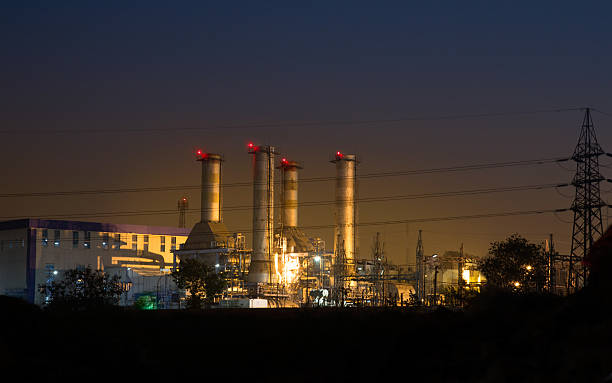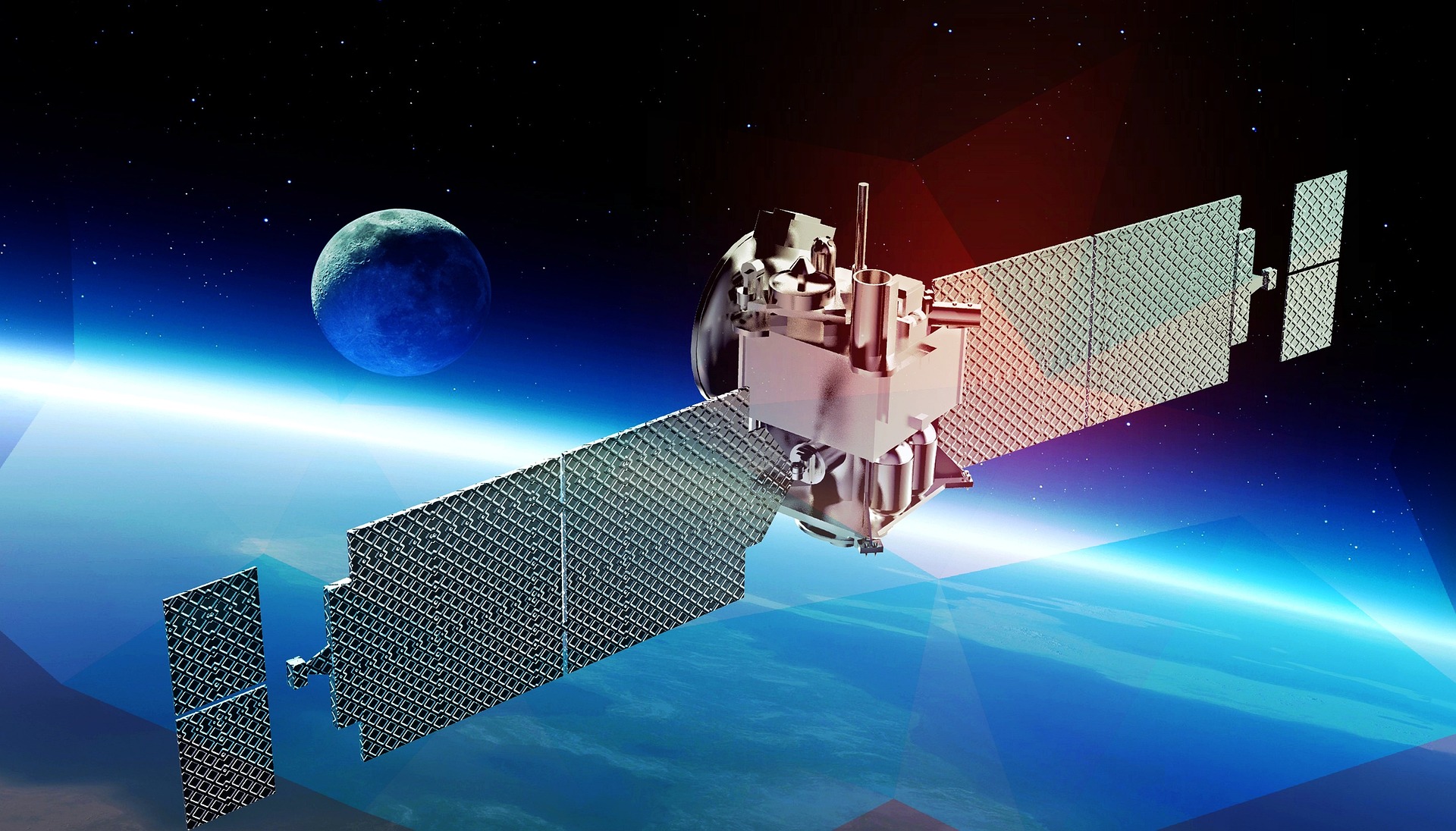Advancements in Fixed Wireless Access: A Leap towards Broadband Accessibility
Connectivity has become a fundamental need in the 21st century. However, not everyone is fortunate enough to have seamless access to high-speed internet. An emerging solution to this challenge is Fixed Wireless Access (FWA), a method of providing internet access to homes or businesses without the need for physical connections like wires or cables.

Tracing the Roots of Fixed Wireless Access
Fixed Wireless Access has been in existence for years, but its potential has been overshadowed by wired broadband solutions. In the early 2000s, FWA began to gain traction as a cost-effective alternative for providing internet access in rural and remote areas where traditional wired infrastructure was too expensive or difficult to install. With the advent of more advanced technologies, FWA has evolved from being a last resort option for remote areas to a competitive alternative for urban and suburban areas as well.
Fixed Wireless Access in Today’s Telecom Landscape
The rise of new wireless technologies has made FWA a viable alternative to traditional wired connections. One of the key regulatory changes that has spurred the growth of FWA is the freeing up of more spectrum bands by regulatory bodies worldwide. The availability of these new bands reduces the congestion in existing networks and allows for faster and more reliable wireless connections. Moreover, the deployment of FWA is cost-effective, faster, and less disruptive compared to the installation of new fiber optic networks.
Practical Applications and Impact of Fixed Wireless Access
Fixed Wireless Access has a wide array of practical applications. Besides providing connectivity in remote rural areas, FWA is being used to deliver broadband in densely populated urban areas. It is also being deployed in developing countries as a way to leapfrog traditional wired infrastructure and quickly build out internet access. The impact of FWA in these areas is profound. It empowers individuals and businesses with the tools they need to participate in the digital economy, thereby improving economic opportunities and quality of life.
Overcoming the Challenges of Fixed Wireless Access
Fixed Wireless Access is not without its challenges. One of the primary obstacles is the line-of-sight requirement for most FWA systems. This means that physical obstacles like buildings or trees can interfere with the signal. Another challenge is weather, as rain, snow, and fog can degrade the signal quality. Despite these challenges, continuous technological advancements are helping to improve the reliability and performance of FWA systems.
Conclusion
Fixed Wireless Access is playing an increasingly important role in the global telecom landscape. Its ability to provide internet access quickly and cost-effectively makes it a crucial tool in bridging the digital divide. Despite its challenges, with continuous technological advancements and supportive regulatory changes, FWA looks set to play a more prominent role in our connected future.





